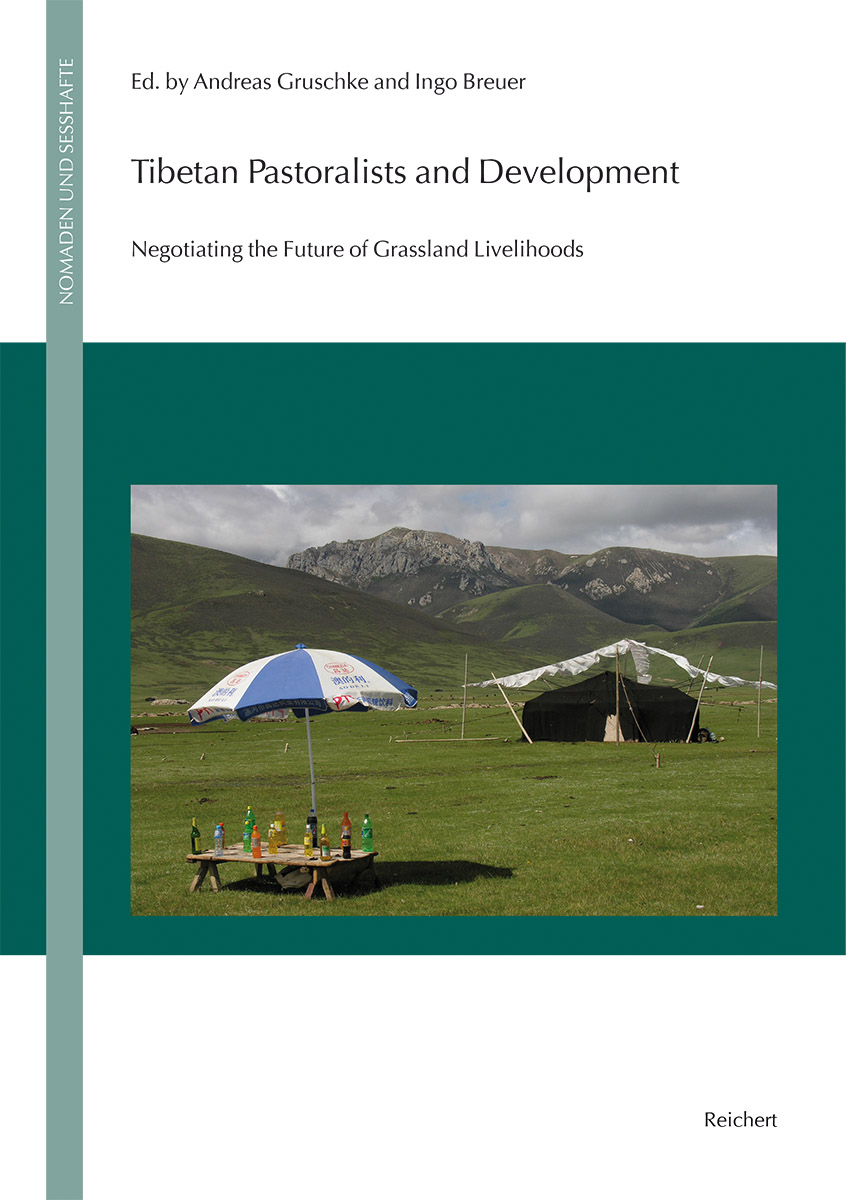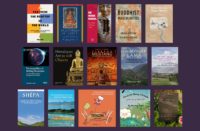
Published by Reichert Verlag, “Tibetan Pastoralists and Development: Negotiating the Future of Grassland Livelihoods”, edited by Andreas Gruschke and Ingo Breuer, is a compilation of fifteen field-work based chapters, written by Tibetan, Han Chinese and Western scholars from the social and environmental sciences.
From the Reichert Verlag website:
The Tibetan plateau constitutes the world’s vastest high-altitude rangeland. It has featured a unique pastoralist culture where, based on yak and sheep production, on complex exchange systems with agricultural areas and the lowlands, and in the context of ever-changing political conditions, pastoralists developed livelihood systems that helped them adapt not only to the harsh environmental conditions, but also to the ever-changing political and economic trends. The 20th century, most prominently the plateau’s ever closer integration into the Chinese state, has brought profound changes to pastoral Tibetans. It has opened the plateau to the influence of a wide array of policies directed at ‘developing’, modernizing, and recently urbanizing the Tibetan pastoral areas. It has also connected even the remotest community to the booming Chinese markets and – indirectly – the world market. Pastoral communities, thus, are being opened up to new economic opportunities, exposed to new risks and integrated into increasingly complex commodity chains. Local consequences of climate change, the demographic transition, new lifestyles and consumption patterns, and new forms of wealth/poverty and social polarization further complicate the picture. The present volume discusses the question of possible futures of Tibetan pastoralism. Taking a perspective informed by the ‘Sustainable Livelihood’ approach, it presents a selection of current perspectives on these recent transformations and on their specific impact on local pastoral livelihoods on the ground. Its fifteen chapters, written by Tibetan, Han Chinese and Western scholars from the social and environmental sciences, offer field-work based local case studies that illustrate the complex roles of the (Chinese) state, of (new) markets, and of rangeland resources in the making of both the present and the future of the plateau’s pastoral livelihoods.
The website also offers the Table of Contents as a PDF: http://reichert-verlag.de/media/pdf/9783954902422_toc.pdf





Follow Us!